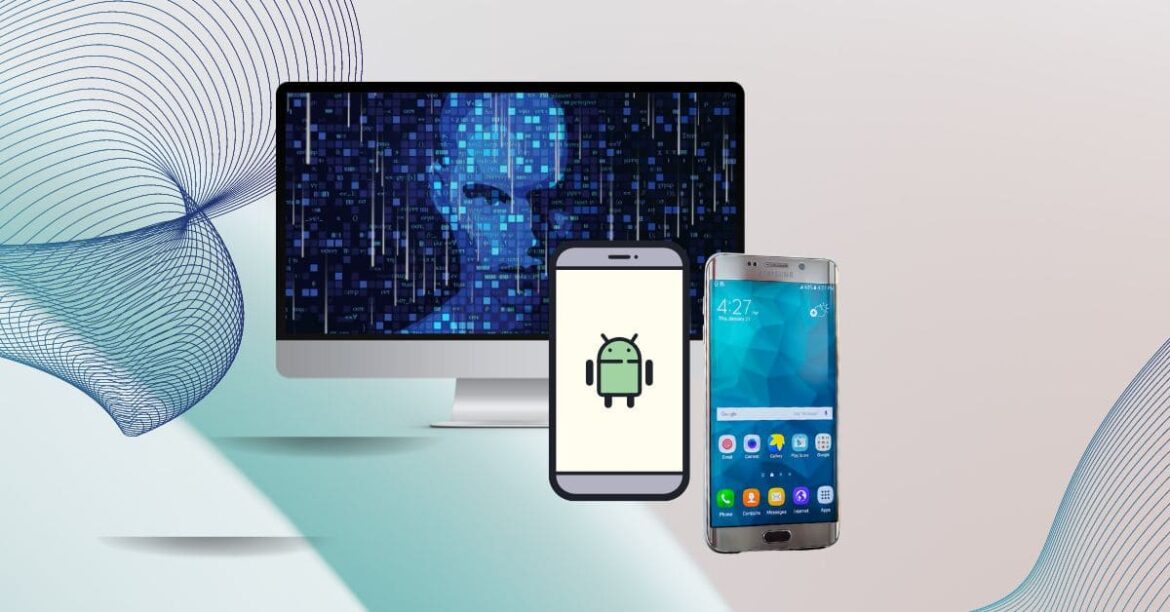Table of Contents
In this ever-evolving digital landscape, staying up to date with software updates is crucial for the optimal performance and security of your Android device. Keeping your Android device up to date is very important.
This step-by-step guide provides detailed instructions on how to effortlessly update your Android device, ensuring you never miss out on the latest features, bug fixes, and vital security patches.
We recently published Android Security Updates Patch Exploited Vulnerabilities for July which all concerned persons should read.
Key Takeaways to Keeping Your Android Device Up to Date:
- Regularly updating your Android device is essential for optimal performance, enhanced features, and improved security.
- Check for updates in the device settings under “System” or “Software Update” and download the available updates.
- Ensure a stable Wi-Fi connection and sufficient battery charge or a power source during the download and installation process. Follow all prompts and avoid interrupting the update.
How to update Android devices
Here’s a step-by-step guide on how to update Android devices after an update or patches have been released:
Step 1: Check for Available Updates
- Unlock your Android device and go to the Settings app. You can usually find it in the app drawer or by swiping down from the top of the screen and tapping the gear icon.
- Scroll down and look for an option called “System” or “Software Update.” The exact wording may vary depending on your device manufacturer and Android version.
- Tap on “System” or “Software Update” to open the update settings.
Step 2: Check for Updates
- Once you’re in the update settings, look for a button or link that says “Check for updates” or something similar. Tap on it to start the update check.
- Your device will now connect to the update servers and check if any new updates or patches are available.
Step 3: Download the Update
- If an update is available, you will see a message indicating that a new version of Android is ready to be downloaded. It will also show the size of the update.
- Tap on the “Download” or “Download and Install” button to begin the update download.
- Depending on the size of the update and your internet connection speed, this process may take some time. Make sure your device is connected to a stable Wi-Fi network and has sufficient battery charge or is plugged into a power source.
Step 4: Install the Update
- Once the update has finished downloading, you will be prompted to install it. Tap on the “Install” or “Install now” button.
- Your device will then start the installation process, which involves updating the system files and applying any necessary patches or security fixes.
- During the installation, your device may restart multiple times. Do not turn off or interrupt the update process.
Step 5: Complete the Update
- After the installation is complete, your device will reboot and display a message indicating that the update was successful.
- You may be asked to go through a brief setup process, such as entering your PIN or password, accepting updated terms and conditions, or configuring certain settings.
- Once you have completed the setup, your Android device will be running the latest version with the most recent patches and updates.
It’s worth noting that the exact steps and options may vary slightly depending on your Android device manufacturer, model, and Android version. However, this general guide should cover the basic steps involved in updating most Android devices.
Conclusion to Keeping Your Android Device Up to Date
By following this comprehensive guide, you can easily keep your Android device up to date with the latest software updates and patches.
Regularly updating your device not only enhances its performance but also safeguards it against potential vulnerabilities. With each update, you’ll enjoy new features and improvements, ensuring a seamless and secure user experience.
Stay informed and stay ahead by prioritizing timely updates for your Android device.
FAQs to Keeping Your Android Device Up to Date
How often should I update my Android device?
It is recommended to check for updates regularly and install them as soon as they are available. Manufacturers release updates periodically, which may include bug fixes, security patches, and new features. Keeping your device up to date ensures optimal performance and security.
Can I update my Android device without a Wi-Fi connection?
While it is possible to download updates using mobile data, it is generally advisable to use a Wi-Fi connection. Updates can be large in size and may consume a significant amount of mobile data, potentially incurring additional charges from your service provider. Additionally, Wi-Fi connections tend to be more stable, ensuring a smoother update process.
What should I do if the update installation process is interrupted or fails?
If the update installation process is interrupted or fails, try restarting your device and checking for updates again. Ensure that your device has a stable internet connection and sufficient battery charge or is connected to a power source. If the issue persists, you may need to seek support from the device manufacturer or consult their official support documentation for troubleshooting steps specific to your device.
Will updating my Android device erase my data?
Generally, updating your Android device does not erase your data. The update process primarily focuses on updating the operating system and system files while preserving user data, apps, and settings. However, it is always recommended to back up your important data before initiating any system updates as a precautionary measure. In rare cases, major system updates or specific circumstances may require a factory reset, which would result in data loss. Therefore, it is crucial to have a backup of your data to avoid any potential loss during the update process.





